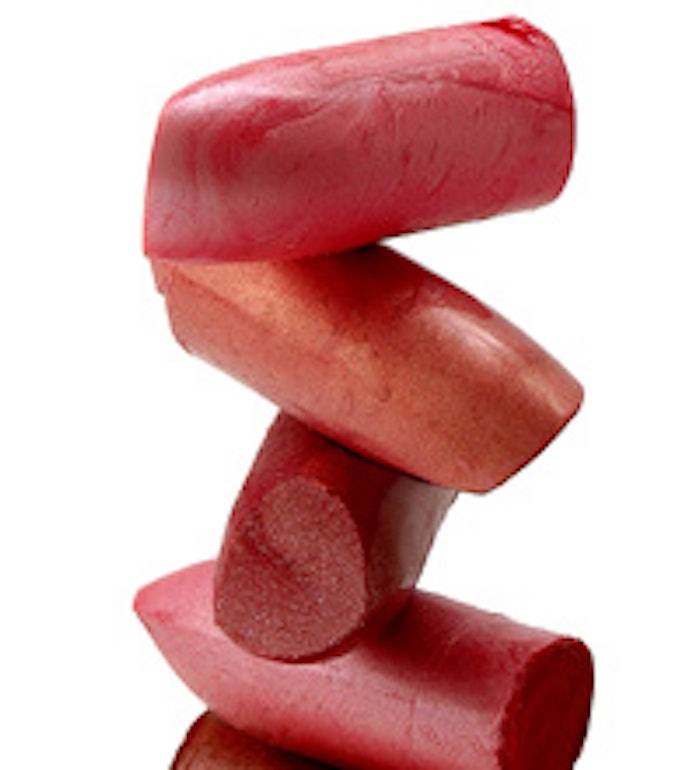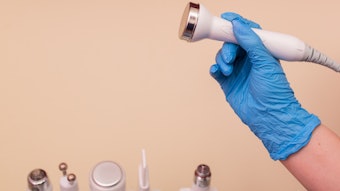
When times are tough, women are not buying lipstick, new research from Mintel indicates. The exclusive new consumer research from Mintel Beauty Innovation shows that the popularly held notion of the Lipstick Effect, where women purchase lipstick as a "pick-me-up" in times of hardship, is, in fact, not happening in the current economic climate.
The research was conducted in three countries, United Kingdom, France and United States, revealing fascinating insights into how female consumers are reacting in terms of beauty purchasing. Just 3% of women in each country said that they purchased a lipstick to make themselves feel better, with the same percentage giving the same answer for skin care, hair care and fragrance. In fact, lip color came out on top of the list of cosmetic products women would be most likely to spend less on or stop using.
However, the research also reveals that the beauty business as a whole is resilient. Six out of ten women surveyed in all countries reported no change in their beauty-buying habits, despite the troubled economy. In addition, it seems certain products are able to weather the impact of the economy. More than 60% of women in each country spent the same or more on their foundations, and women in all three countries were most likely to spend the same or more on essential products such as shampoo and cleansers.
"It is a common perception that lipstick sales go up in times of economic adversity, yet this research reveals a very different picture. Hair care and skin care are actually the beauty categories where women are spending the same or more," said Nica Lewis, head consultant, Mintel Beauty Innovation.
"In this recession, Austerity Chic, or looking good for less, is replacing the Lipstick Effect. Beauty is now marketed as a necessity rather than a luxury, and women are being creative with their spending to keep up appearances," she continues. "This means women are investing in moisturizers, body lotion and hair care, rather than lipstick.
They are also, not surprisingly, adapting their spending on beauty treatments. Americans are most likely to cut back on beauty treatments by extending the time between treatments or switching to DIY at-home for facials, manicure/pedicure, waxing, blow-dry or hair coloring. Of users, 50% claim to have cut down on beauty treatment spending. On the other hand, women in the UK are least likely to stop having beauty treatments with only one in four claiming to have stopped going for treatments. And French women are the most frugal, they are most likely to switch from the salon to doing treatments at home.
Reflecting the fact that the United States has been in a recession for longer than Europe, a third of women surveyed there said they'd switched to a lower priced brand for their skin care, hair care or cosmetics, compared to just 25% in the United Kingdom and France. The research also showed that the U.S. market favored quantity: Americans were most likely to buy value-sized or multiaction products, followed by the British.
French women are most dedicated to their beauty products, with 12% saying they had cut back on other things in order to keep buying their favorite beauty products. In contrast, fewer than one in 10 consumers in the US and UK said the same. French women also rated highest in terms of frugality, with the highest percentage saying that they prefer to wait until beauty products are on sale.










